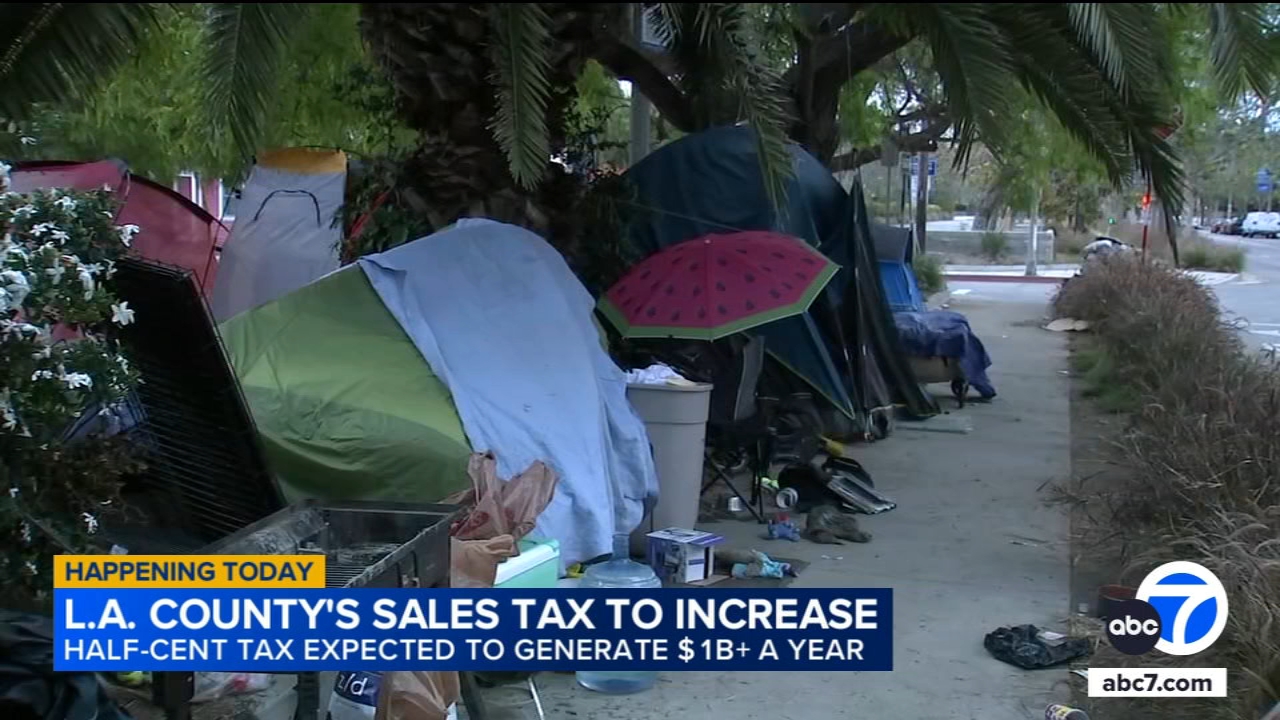Scouting Lonzo Ball's nightmarish Lakers debut

LAS VEGAS -- How much can we read into Lonzo Ball's nightmarish debut in a Los Angeles Lakers jersey Friday at the NBA's Las Vegas Summer League?
Ball, the No. 2 overall pick of this year's draft, was greeted with cheers by Lakers fans hoping he will become the next great Lakers star. But after an alley-oop lob to Brandon Ingram on the opening possession of the game, Ball didn't give Lakers fans much to cheer in a 96-93 overtime loss to the rival LA Clippers.
While Ball showed a sold-out lower bowl at the Thomas & Mack Center on the UNLV campus his court vision, he couldn't get a shot to go down. Ball missed 10 of his 11 3-point attempts and shot 2-of-15 overall in a performance that tested the limits of what we can glean from a summer league game.
The good: Court vision, activity
Officially, Ball was credited with five assists Friday night. That sells his playmaking short. Some of Ball's best passes don't result in an assist. They come as the pass that leads to the pass -- the so-called hockey assist, now tracked by SportVU cameras during the regular season -- or with early, hit-ahead passes in transition that lead to unassisted scores.
Ball's new teammates are going to have to adjust to passes made earlier than most point guards would deliver them. D-League veteran Vander Blue was unprepared for one of Ball's hit-ahead passes but recovered in time to catch it. Later in the game, Ball found Blue with a clear path to the basket, leading to a foul in the act of shooting. Another hit-ahead pass created a layup for undrafted rookie Matt Thomas.
The Lakers also enjoyed success using Ball as a passer out of the post, often against fellow rookie Jawun Evans. (Evans is listed at 6-foot-1, five inches shorter than the 6-6 Ball.) When the Clippers brought a second defender over to help, Ball found teammates cutting or open beyond the 3-point line. Such plays could be a valuable part of the Lakers' offense, particularly next season with a center (Brook Lopez) capable of stretching the floor all the way to 3-point range.
Defensively, Ball was a factor in a help role. He has active hands and left his man to force a key steal late in the game before coming up with another deflection on a subsequent possession. The more Ball can track back to the defensive glass, the better because of his playmaking in transition.
The bad: On-ball defense, penetration
Ball's first game against NBA competition reinforced some of the concerns raised by scouts during the draft process. Matching up primarily against free agent Kendall Marshall, a crafty veteran with four years of NBA experience who wasn't known for his quickness before suffering a torn ACL in 2015, Ball struggled to keep the opposing point guard in front of him.
At times, Ball got caught on off-ball screens. Once, he was caught leaning the wrong way, allowing a straight-line drive to the basket. Too often, Ball was simply beaten off the dribble, putting the Lakers' defense in rotation and breaking down its integrity.
As long as he stays close to the ball handler, Ball can create problems with his length. On one play when he was alongside his opposing number, Ball was able to contest the shot and force a miss. Still, Ball looks as if he might be more effective defending bigger off guards than quicker point guards. He's big enough to crossmatch, but it's unclear which Lakers teammate might trade responsibilities with him.
Offensively, Ball's issue is the exact inverse. Even against switches, he struggled to penetrate the paint and break down the defense off the dribble. That isn't terribly surprising, given that Ball tended to get to the rim primarily in transition at UCLA. Still, the hope that Ball might be more effective penetrating with a better-spaced floor in the NBA yielded few dividends in his first game.
The questionable: 3-point shooting
More than anything, what Ball's father LaVar told reporters was the worst game his son had ever played came down to errant 3-point shooting. For all the other reasons summer league isn't necessarily predictive of NBA performance (lower quality of play and smaller size, limited practice time and organization, the importance of NBA experience for the veterans who have it), don't discount the importance of the small sample size.
The 11 3-pointers Ball attempted Friday -- an incredibly large number for a single game -- represent less than 6 percent of his total at UCLA last season, and even that's not a particularly reliable sample.
In particular, Ball struggled to make the Clippers pay for going under screens and giving him the pull-up 3-pointer. According to Synergy Sports tracking, Ball hit pull-up 3s at a 47.8 percent clip (22-of-46) in college. While that came from a shorter line, many of Ball's 3-point attempts were from NBA range.
If defenses can go under his pick-and-rolls, Ball has little chance of creating much offense for himself or teammates. Because of his unorthodox shooting form, he will have an issue shooting the pull-up going to his right. But when going left or at a standstill off the dribble, Ball will probably be fine. One bad shooting night shouldn't do much to change that conclusion -- or our assessment of Ball's overall potential.






